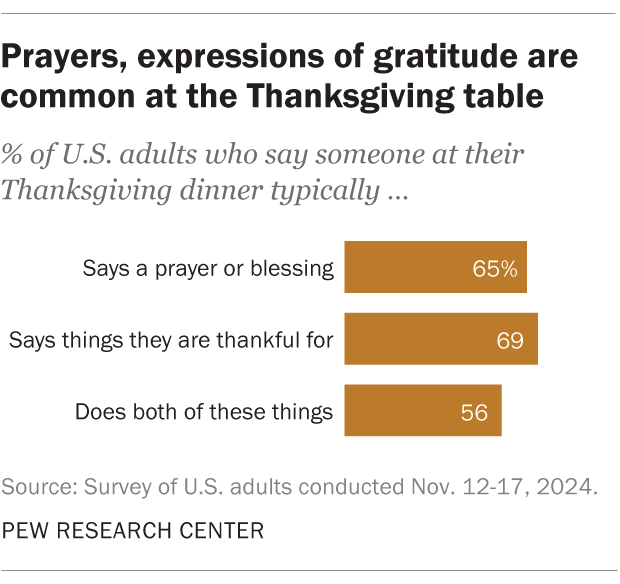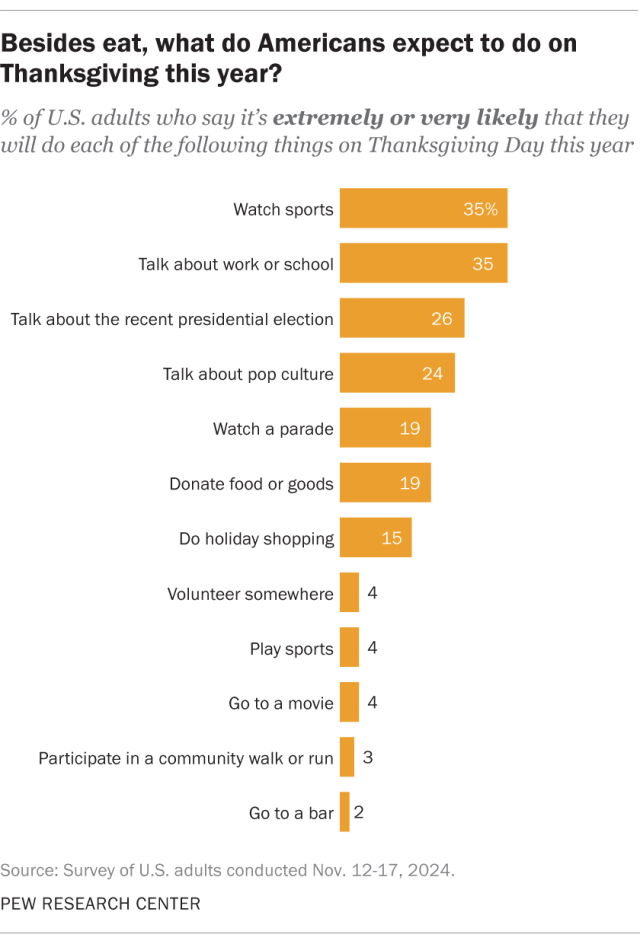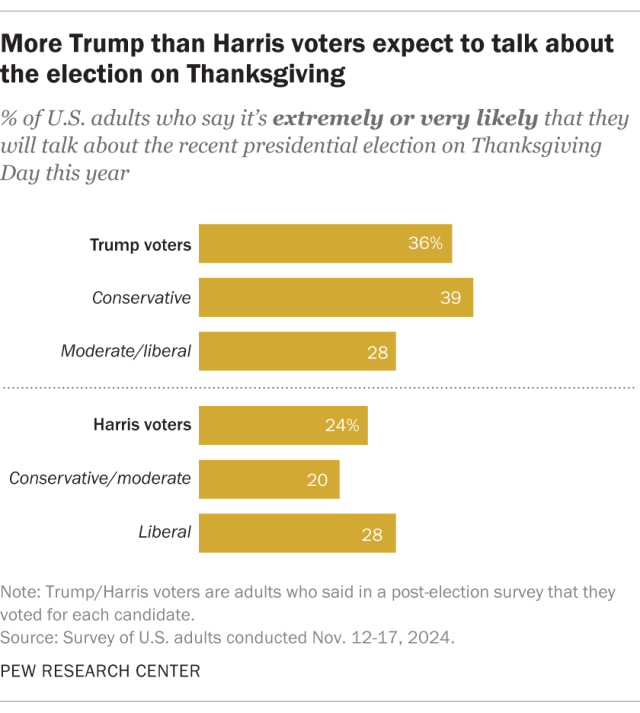Jimmy Carter, the 39th president of the United States, passed away at the age of 100. The Carter Center confirmed that he was “surrounded by his family” at his home in Plains, Georgia, during his final moments on Sunday. His death marks the end of a remarkable life that included his time as a Navy lieutenant, peanut farmer, governor, and president.
The announcement prompted a wave of tributes from world leaders, including current and former U.S. presidents, who reflected on Carter’s enduring legacy. Preparations for a state funeral are underway to honor the only former U.S. president to reach the milestone age of 100.
Remembered by Leaders Across the Political Spectrum
President Joe Biden praised Carter’s life and character, calling him a “model of what it means to live a life of meaning and purpose.” In his statement on Sunday, Biden remarked, “He stands as a model of principle, faith, and humility. His life was dedicated to others.” Biden also expressed deep personal sorrow, describing Carter as a “dear friend.”
Vice President Kamala Harris joined the chorus of condolences, emphasizing Carter’s moral integrity and faith. “Carter was guided by a deep and abiding faith — in God, in America, and in humanity,” Harris said. She highlighted his ability to remind the nation and the world of “the strength in decency and compassion.”
Donald Trump, the president-elect, also paid his respects. While noting that he “strongly disagreed with [Carter] philosophically and politically,” Trump described him with “highest respect” and acknowledged Americans’ collective “debt of gratitude.”
State Funeral Plans
A series of public observances will take place to commemorate Carter’s legacy, beginning in Atlanta and Washington, D.C. A private interment will follow in Plains, Georgia, the small town where Carter was born and spent much of his life. Final arrangements are still being planned, and the ceremonies will be conducted by the Department of Defense’s Joint Task Force – National Capital Region.
A Life of Service and Principles
Before entering politics, Carter served as a U.S. Navy lieutenant and managed his family’s peanut farm in Georgia. His career in public service began when he was elected as Georgia’s governor, eventually leading to his presidency from 1977 to 1981.
Carter’s time in the White House was marked by significant accomplishments and challenges, including brokering the Camp David Accords, which led to a peace treaty between Egypt and Israel. Although his presidency was limited to one term, Carter remained an influential figure on the global stage through his humanitarian and advocacy work.
Tributes from Past Presidents and World Leaders
Other living former U.S. presidents also expressed their sorrow over Carter’s death. Barack Obama described him as “a beacon of moral clarity,” George W. Bush referred to him as a “great American,” and Bill Clinton honored his lifelong dedication to public service.
Condolences also poured in from leaders across the globe. Heads of state and lawmakers praised Carter’s unwavering commitment to peace, human rights, and humanitarian causes, reflecting the deep respect he garnered internationally.
Rosalynn Carter’s Legacy
Carter’s passing comes just a month after the death of his wife, Rosalynn Carter, who died in November 2023 at the age of 96. The couple had been married for over 75 years, making them the longest-married presidential couple in U.S. history. Rosalynn was widely recognized for her advocacy for mental health and humanitarian efforts, often working alongside her husband in their shared pursuits.
Honoring Carter’s Legacy
Jimmy Carter’s century-long life stands as a testament to a life well-lived in service to others. As President Biden aptly noted, he represented “faith and humility,” qualities that will continue to inspire generations.
The nation and the world now prepare to bid farewell to a leader whose legacy transcends politics, leaving behind a lasting imprint on history.

 Dr. Sampat Shivangi is a distinguished Indian American physician, philanthropist, and community leader with a profound impact on healthcare, education, and cultural preservation across India and the United States.
Dr. Sampat Shivangi is a distinguished Indian American physician, philanthropist, and community leader with a profound impact on healthcare, education, and cultural preservation across India and the United States. and spiritual hub for the Hindu community and beyond. Recognized for his exemplary service, a street in Mississippi bears his name, a testament to his contributions to healthcare and community welfare.
and spiritual hub for the Hindu community and beyond. Recognized for his exemplary service, a street in Mississippi bears his name, a testament to his contributions to healthcare and community welfare. It took him lots of reflection, planning, and working with multiple groups before this noble project conceived in his heart several years ago, has now come to fulfillment. “Believe me, I went to my hometown in Karnataka to set up a Cancer Hospital. I had even formed a committee and raised funds. Made several trips to India and struggled to do something good, but returned home empty-handed.”
It took him lots of reflection, planning, and working with multiple groups before this noble project conceived in his heart several years ago, has now come to fulfillment. “Believe me, I went to my hometown in Karnataka to set up a Cancer Hospital. I had even formed a committee and raised funds. Made several trips to India and struggled to do something good, but returned home empty-handed.” and tireless efforts that every individual deserves an opportunity to thrive, and is a beacon of hope, fostering resilience and building a more inclusive and harmonious world for all.
and tireless efforts that every individual deserves an opportunity to thrive, and is a beacon of hope, fostering resilience and building a more inclusive and harmonious world for all. At the heart of societal transformation, the Dr. Sampat Shivangi Foundation stands as a testament to unwavering commitment and compassion. The foundation is built upon the pillars of education, healthcare, mental well-being, tribal support, women’s empowerment, and sports development. With a profound understanding of the multifaceted needs of underprivileged communities, we have designed a range of initiatives that address these vital aspects of human well-being.
At the heart of societal transformation, the Dr. Sampat Shivangi Foundation stands as a testament to unwavering commitment and compassion. The foundation is built upon the pillars of education, healthcare, mental well-being, tribal support, women’s empowerment, and sports development. With a profound understanding of the multifaceted needs of underprivileged communities, we have designed a range of initiatives that address these vital aspects of human well-being. Civil Nuclear Agreement, collaborating with President George W. Bush to strengthen ties between the two nations. His commitment to India is further reflected in his coordination efforts with the White House to lift sanctions against India during President Bill Clinton’s administration.
Civil Nuclear Agreement, collaborating with President George W. Bush to strengthen ties between the two nations. His commitment to India is further reflected in his coordination efforts with the White House to lift sanctions against India during President Bill Clinton’s administration.



